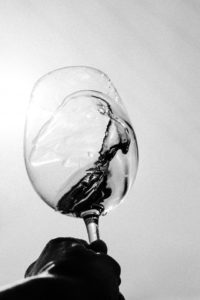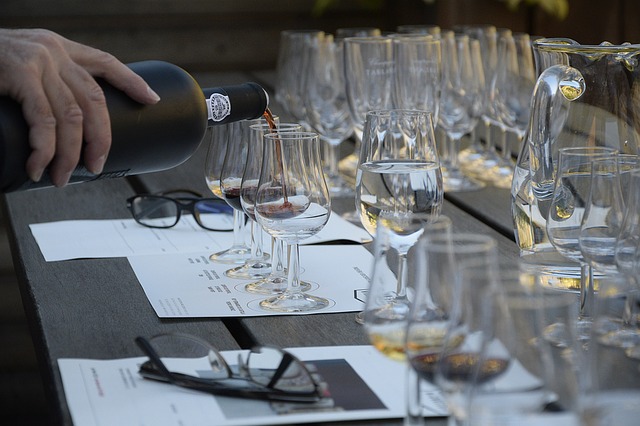By Bob Lipinski
Tasting is the art of consciously assessing a wine’s quality or identity and the activities or mechanisms involved in receiving the sensory impressions a wine can stimulate.
Just as with food, we have preferences for certain tastes and flavors in wine. Each of us has our own history of tastes and flavors. Much of this is due to where and how we grew up—there may be cultural differences in the experiences we had for certain foods and beverages. We all have personality differences. Some of us are very adventurous and others more averse to risk. Although tastes and flavors are subjective, they are not entirely relative—that is, we often agree on what we taste and smell.
‘The first taste of a wine is like the first kiss; you look forward to the second.’
— André Tchelistcheff, 1901-1994, Legendary Winemaker
There are ways to taste and evaluate wine that are generally accepted to provide a maximum impact on our palate—I call this the Five S’s: Sight, Swirl, Smell, Sip, Spit (or Swallow).
SIGHT: Wine should be clear in appearance; color and hue tell us a lot about the grape variety, oak treatment, age, and intensity of the wine. For example, a pale-yellow wine most likely did not receive any oak-aging while a golden colored wine probably did. Knowing which grapes benefit from oak-aging narrows the field for each grape variety. Chardonnay benefits from oak aging since it provides balance with bigger flavors and body.
SWIRL: Swirling wine in a glass will release the aroma, so once you stick your nose in the glass, you can smell it better.

Swirling Wine
SMELL: More than 80 percent of what we taste is actually smell. Smell describes the fruity, floral, earthy, mineral, spicy, herbal, and oak characteristics of some wines.
SIP: Now it’s time to taste the wine. Take a good sip and swirl the wine around in your mouth as if it’s mouthwash (evaluating differs from drinking). Your tongue tastes sweet, sour, salty, and bitter, but together with smelling, you get the complete picture of the wine. Some elements to note are acidity, alcohol, body, dry or sweet, flavor, tannin, and texture.
SPIT/ SWALLOW: the difference between “tasting” and “drinking” is that once you have sipped the wine, you spit it out into a cup or spit bucket (professional tasters do this).
SWALLOW: Allows you to evaluate and describe the finish, length, and aftertaste of the wine.
Well, there you have it. Now open a bottle of wine and start practicing!
Bob Lipinski is the author of 10 books, including “101: Everything You Need To Know About Whiskey” and “Italian Wine & Cheese Made Simple” (available on Amazon.com). He consults and conducts training seminars on Wine, Spirits, and Food and is available for speaking engagements. He can be reached at www.boblipinski.com OR bkjm@hotmail.com.


 Bob Lipinski, author of 10 books; writes, consults, and conducts training seminars on Wine, Spirits, and Food and is available for speaking engagements.
Bob Lipinski, author of 10 books; writes, consults, and conducts training seminars on Wine, Spirits, and Food and is available for speaking engagements.
Recent Comments